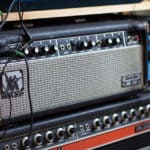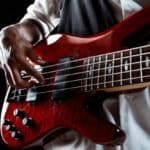Being a musician on a budget means you sometimes need to get creative in order to do what other bands are doing.
If your jam sessions are starting to get more serious and you are thinking about inviting a singer or you just want to give vocals a try, you will need a way to amplify that voice so it can be heard above all the noise… I mean, music.
Your first thought, based on availability would be just making the singer go through a spare guitar amp that you or any of your bandmates have lying around at home.
But is that a good idea? Would your barking damage that amplifier or would the damage be done only to your listeners?
If you want me to stop insulting you and just want a short answer to this question, here it is:
Yes, you can plug a microphone into a guitar amp, although it will be hard to get a high-quality clean sound. There is no actual risk of damaging the amp since vocals and guitar share almost the same range of frequencies. However, you should avoid pops and percussive noises to keep things extra safe.
If you want to stick around for a bit longer I will go more in-depth on this topic and answer all the most common questions you might have when facing this dilemma.
After reading this article you will have a clearer idea about the dos, don’ts, and the limitations of running vocals through a guitar amp.
Are you ready to get started?
Let’s go!
Why are vocal/microphone and guitar amps different?
Vocal and guitar amps are essentially different because they have slightly contrasting roles. When you amplify vocals, most of the time, you want to get the truest representation of what the microphone picks up while in guitar amplification, the final tone is intended to be shaped greatly by the amp.
Guitar amps give the instrument’s sound the final seasoning, the finishing touch. They are intended to imprint their own quality to the sound.
Vocal amplification works as a high fidelity audio system where the intention is to not affect the tone of the singer unless it’s a voluntary decision.
How are vocal/microphone and guitar amps different?
Vocal amps are designed to have a flat response. They don’t affect the EQ of the singer’s output. In addition, they usually have different inputs, such as XLR, controls, and effects built-in that are commonly used by singers. Guitar amps have distinct effects on tone and features intended for guitar players.
Even the looks are different. Vocal amps tend to be shaped as a PA system in a box while guitar amps have their own characteristic boxy look.
Do guitars and microphones use the same cables?
Guitars and microphones, in most cases, don’t use the same kind of cables. Guitars use cables with ¼ inch male plugs on both ends while microphones use cables with one female XLR connector and one male XLR interface.
Some cheap microphones might have a permanent male ¼ inch plug cable, but this is not the industry standard.
How can you plug a microphone into a guitar amp?

To plug a microphone into a guitar amp you would need to get an XLR to ¼ inch plug cable. Once you have one of these, you connect your microphone to the amp’s instrument input. You can also use a line input, if available, or an FX return one. In these cases, you would be probably skipping the preamp section.
If you choose any input other than the instrument in, you would lose the ability to tweak your sound with the amp’s controls, however, you might avoid the preamp section coloring of the sound.
It’s important to know that you would still be going through the power stage of the amp which also has an aggressive effect on tone.
What are the risks of plugging a microphone into a guitar amp?
There are almost no risks of damaging a guitar amp if you plug a microphone into it. However, I would refrain from pushing it to its limits in this situation. Microphones can pop and make percussive sounds that the speakers, designed for guitar sounds, might not be able to withstand at high volumes.
I would also refrain from beatboxing with this setup, but this might be just me being extra careful. Experiment at your own risk.
How to know if an amp is for guitar or microphone/vocals
My first advice would be just googling the model name.
If you don’t have a phone in your pocket during your encounter with an amp, just look for simple cues like the model name or its looks.
As I mentioned earlier, vocal amps tend to look more like a normal speaker with a console attached. Guitar amps are boxy and usually have a single row of controls in the front or top panel.
What kinds of guitar amps are ok to use with a microphone?
Just any guitar amp would work ok when plugging a microphone into it since there is almost no risk of damaging it. The only thing to consider is the tone you will get from this interaction. Cleaner amps would give you sounds closer to what you might expect from a PA system. High watt amps are recommended.
What kinds of microphones are ok to use with a guitar amp?
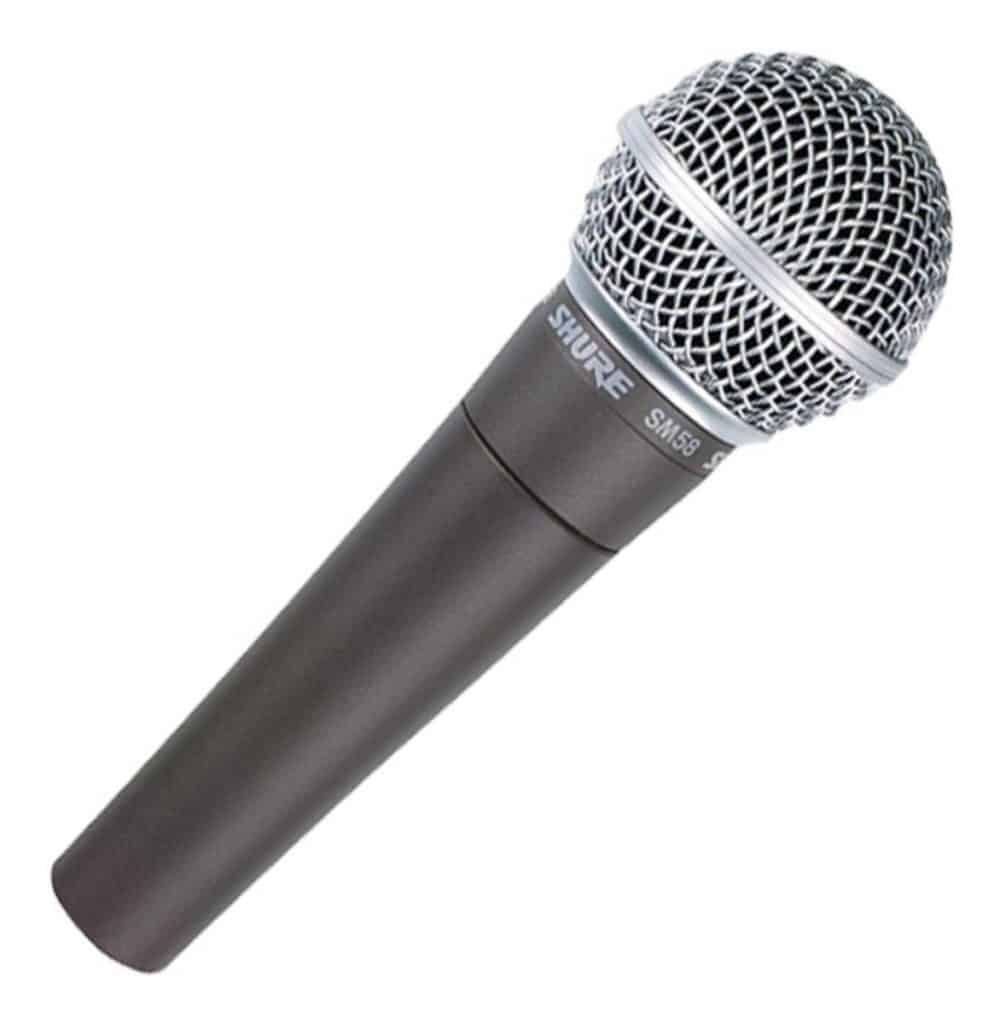
Any dynamic microphone would work as intended when paired with a guitar amp. These are pretty much plug and play and they are designed mostly for live situations. Dynamic mics don’t contain any kind of active circuitry so you won’t need any extra interfaces.
What kinds of microphones are NOT ok to use with a guitar amp?
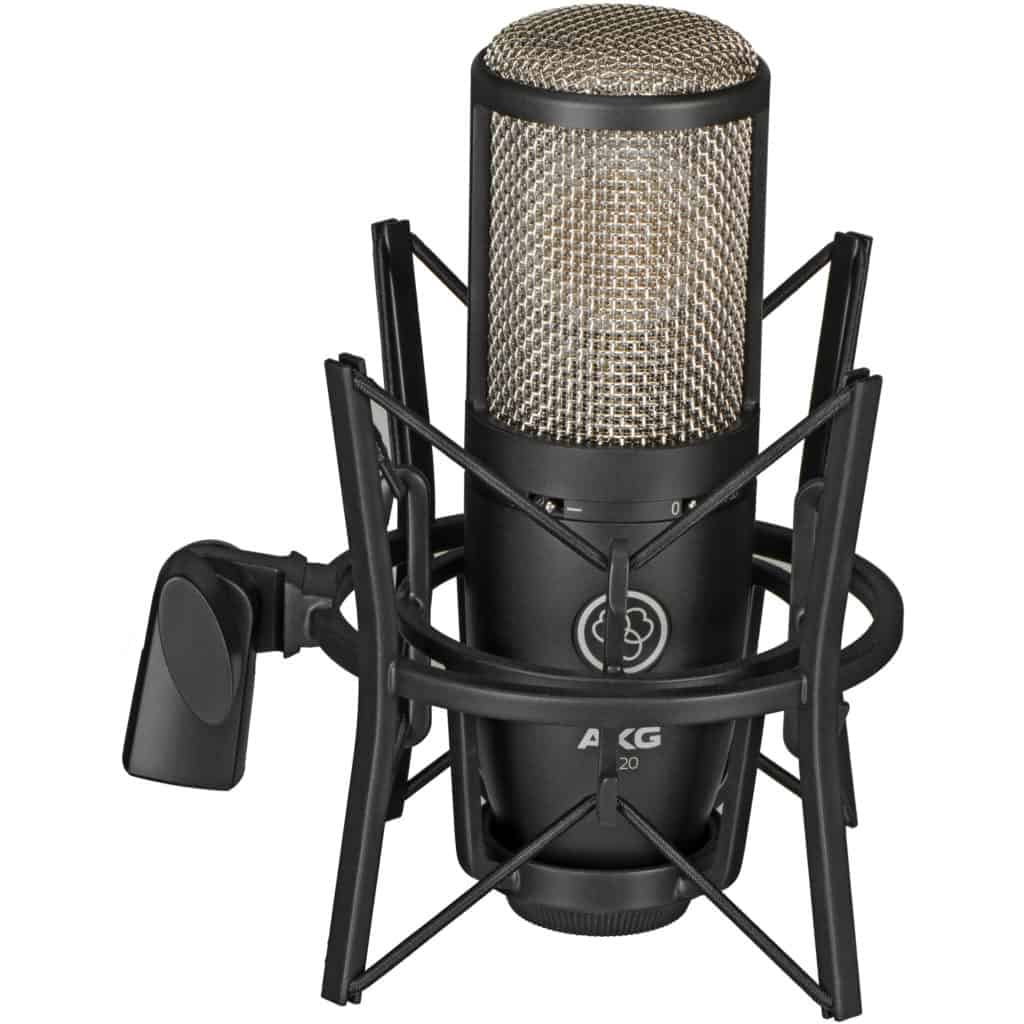
Any microphone that requires phantom power would simply not work with a guitar amp since they are not designed with this feature in mind. To overcome this problem you could incorporate an interface between the amp and the mic that provides it with the required voltage to make it work.
How to protect your guitar amp if you are plugging a microphone into it
Since the risk of damaging a guitar amp when plugging a mic into it is very low because guitar and voices share a very similar range of pitches, you should only worry about pops and percussive sounds. Anything that’s not something natural to a guitar amp at high volumes might cause problems.
However, I would not worry too much, and there are not many things you can do to protect your amp except plugging and unplugging the microphone while the amplifier is turned off or in stand by.
Can you plug a microphone in a gig into a guitar amp?
Although you might not get a clean tone, sending vocals through a guitar amp, although is not very common, is perfectly fine in a gig since there are no real risks of damaging the gear. I would recommend using a high watt amp so it has enough headroom to sound clean at high volumes.
How do microphone/vocals get amplified in a gig without an amp?
The most usual way to amplify vocals in a gig is by sending the mic signal through a mixer, and to the house speakers. This is normally called a PA system. I would argue that all venues nowadays have some kind of system in place to amplify vocals. In more improvised events you might need to get creative.
Can you get good vocal tones with a guitar amp?
It depends on what you define as good. It would be harder to get clean and true to life vocal sounds when going through a guitar amp. However, the tone color of a guitar amp would be great for achieving compressed, distorted, and aggressive vocals. Think of it more as an overdrive effect than a PA system.
Are there any singers that use guitar amps?

Julian Casablancas is well known for using a small peavey guitar amplifier to achieve a lo-fi distorted tone in many of his recordings with The Strokes. In this case, the guitar amp is mostly used as an effect and paired with a proper vocal amplification system to have the ability to mix both sounds.
As I mentioned before, the most common use for a guitar amp in vocals is as an effect, but it might as well be the feature that defines how the vocals sound in your band.
Be free and experiment, you have nothing to lose.
Cheap microphone/vocal amps to practice at home
If the tone you are getting from your guitar amp is not what you had in mind, you could get a proper microphone amp to jam with.
Here are my 3 top choices for rehearsing vocal amps:
Samson Expedition XP106w
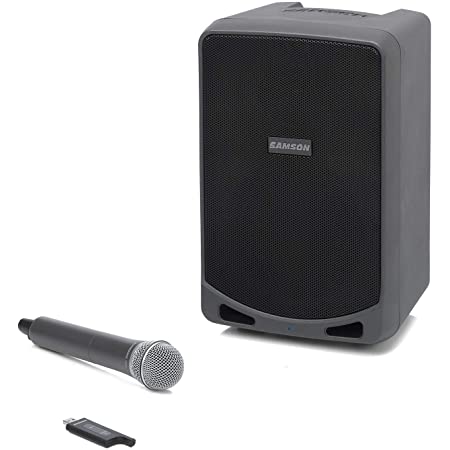
The Samson Expedition XP106w is a portable PA system that does all you need it to do. It’s compact, lightweight, and has a power output of 100 watts. It is battery powered and you can also use it as a Bluetooth speaker.
Behringer Eurolive B205D
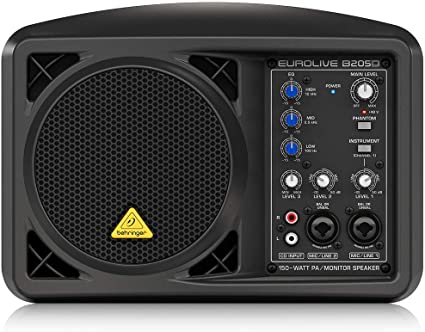
The Behringer Eurolive B205D is designed to serve many purposes. It works as a powered speaker with 2 channels. It outputs 150 watts of power, it’s rather cheap, portable, and works just fine. If I was in your position I would go for one of these.
Boss Acoustic Singer Live
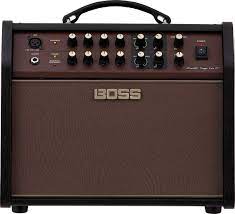
The Acoustic Singer Live is a dedicated vocal amp made by one of the most innovative companies in the industry. It looks amazing, outputs 50 watts of power, and has built-in effects such as delay, reverb, and chorus. It also has a USB output to record live performances.
Alternatives for amplifying vocals at home without an amp
To be honest, there are not many alternatives for amplifying vocals with home equipment. However, if you can work around the plug compatibility issues, here are a few options I imagine could work for you
Computer speakers

If your computer speakers have a line input, or if you could plug your mic into an audio interface to then make it sound through your speakers you would have a very homemade and cheap solution for your volume needs.
Audio systems
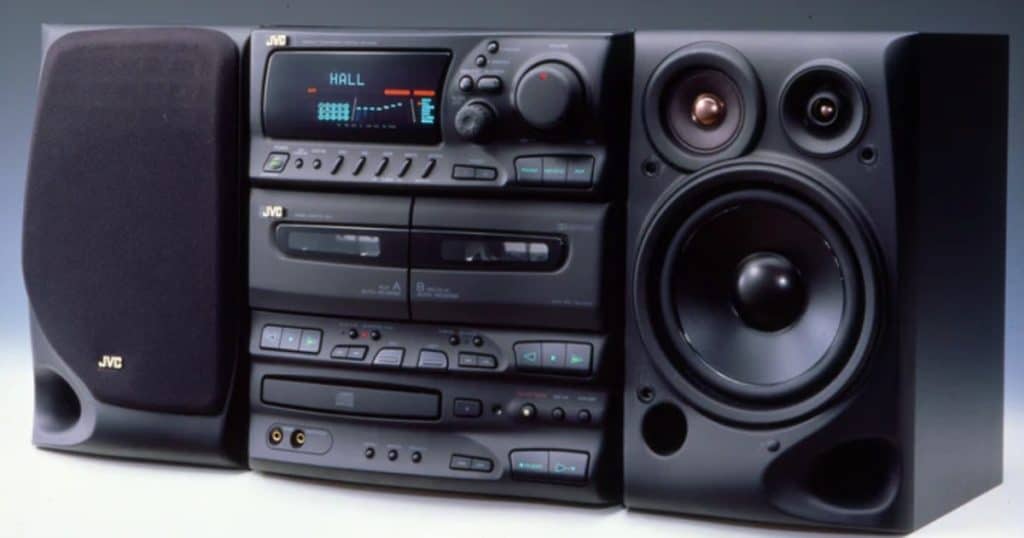
Most audio systems will have a line input, plug your mic there and be ready to be heard.
Bluetooth speakers
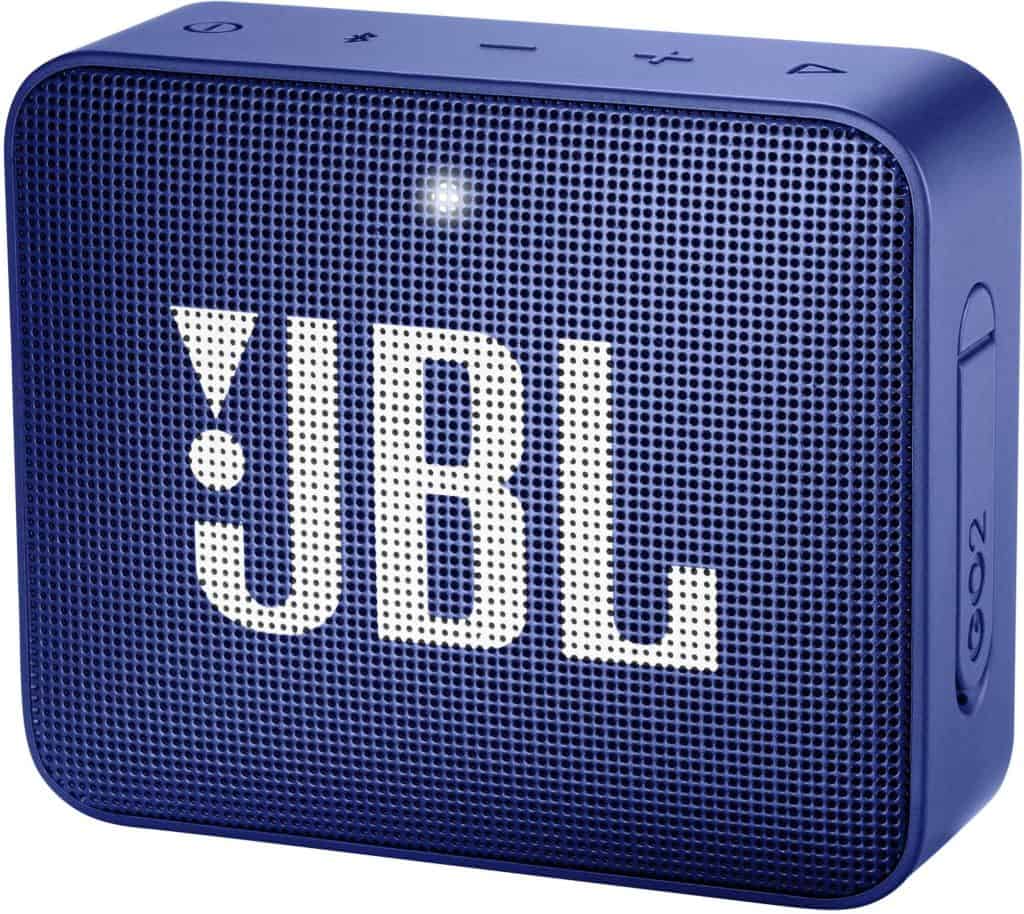
Although the output power of most Bluetooth speakers is very low, perhaps you would find one that suits your needs. The requirement, as before, is for it to have a line input.

Hello there, my name is Ramiro and I’ve been playing guitar for almost 20 years. I’m obsessed with everything gear-related and I thought it might be worth sharing it. From guitars, pedals, amps, and synths to studio gear and production tips, I hope you find what I post here useful, and I’ll try my best to keep it entertaining also.



